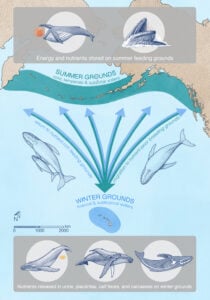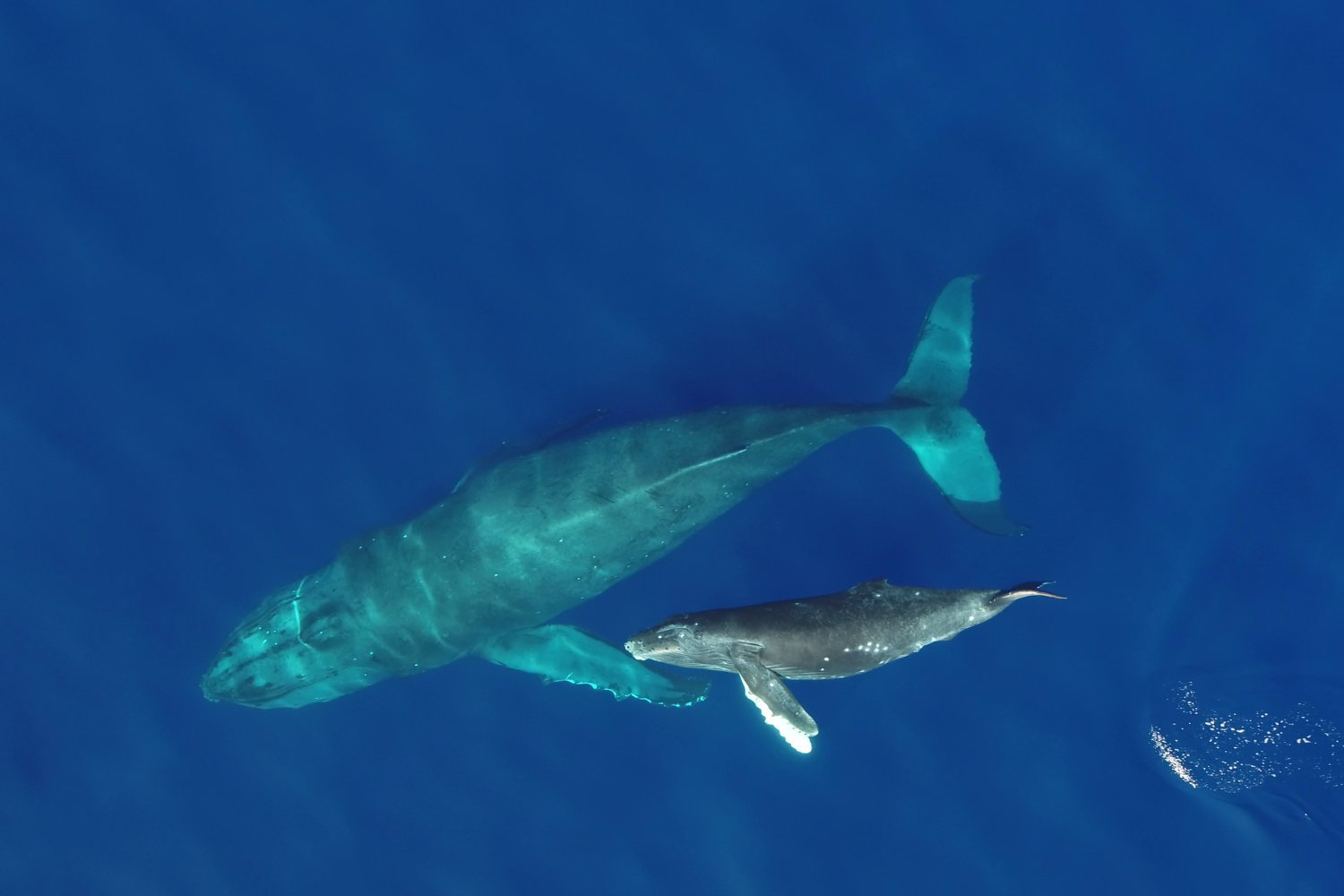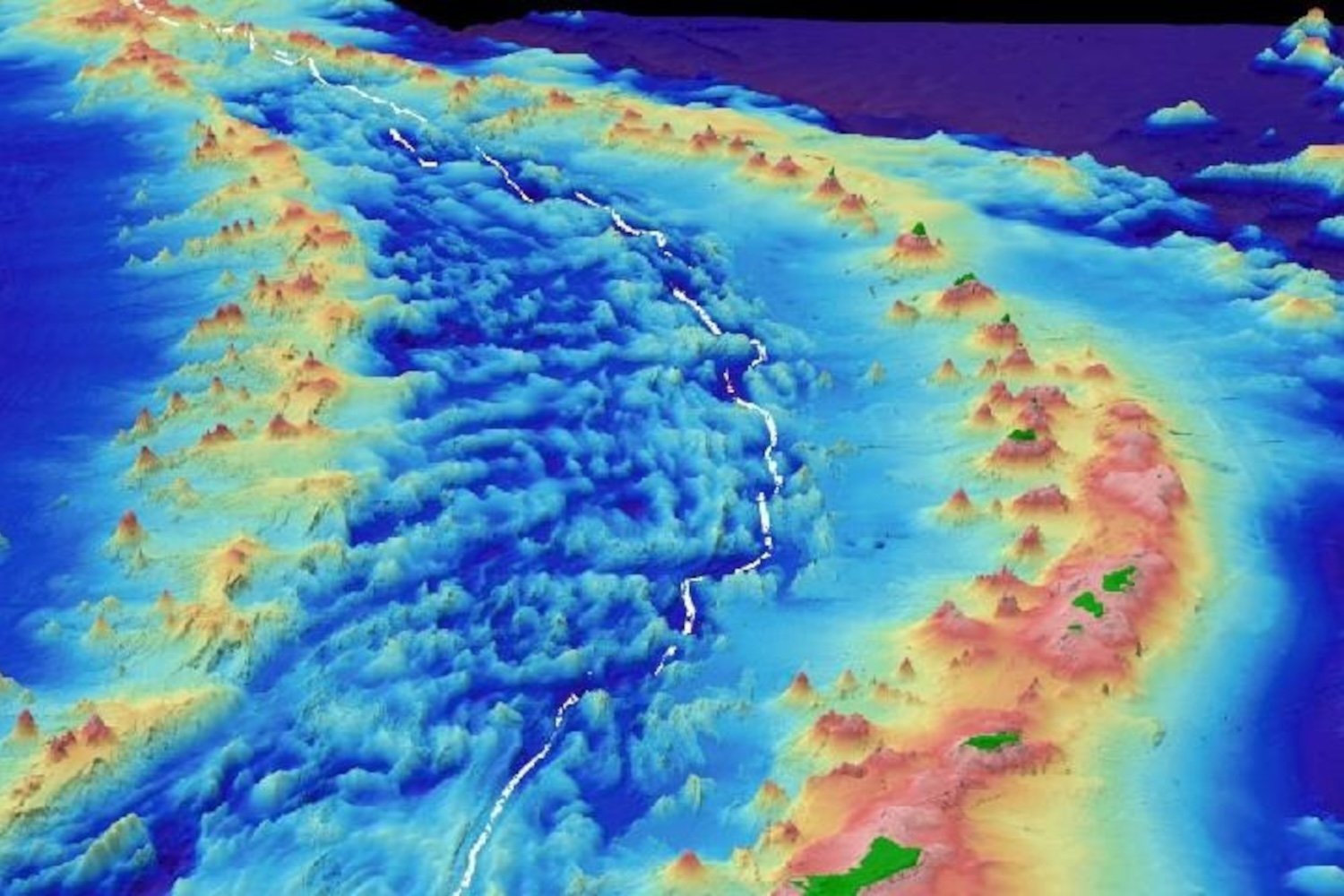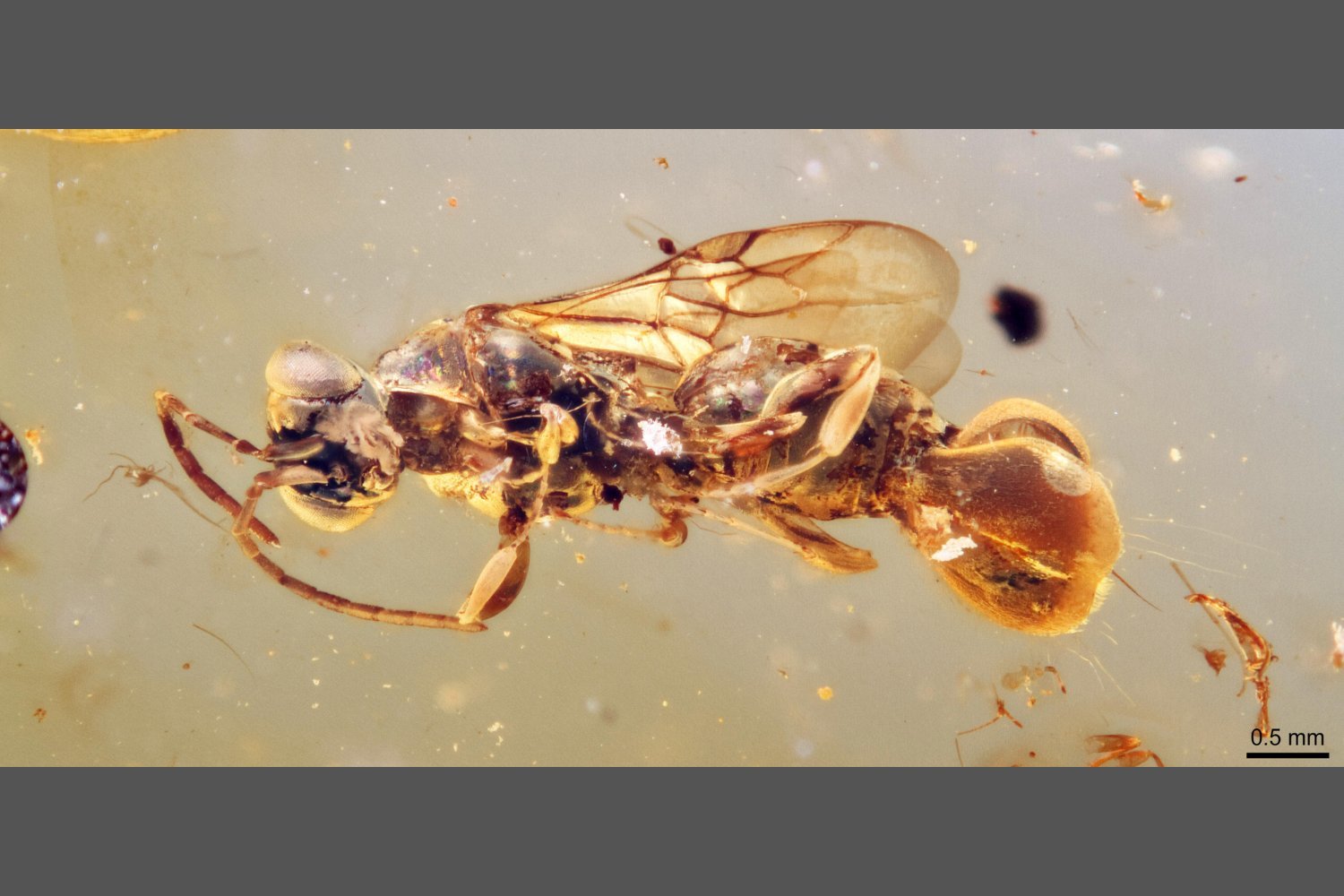Whales, the majestic giants of the ocean, are known for their epic migrations. But a recent study reveals a surprising role these creatures play: ferrying vast amounts of crucial nutrients across thousands of miles, acting as a vital nutrient superhighway for the marine ecosystem. This isn’t just about whale poop, which previous research has shown to be important, but also, significantly, about whale pee.
This discovery highlights the crucial role whales play in maintaining ocean health. Researchers have found that these marine mammals transport thousands of tons of essential nutrients, primarily through their urine, but also via shed skin, carcasses, and placentas. This “whale conveyor belt,” as described in a study published in Nature Communications, significantly impacts nutrient distribution in the oceans.
“Whales operate on a scale unlike any other animal,” explains Andrew Pershing, oceanographer at Climate Central and co-author of the study. “They bring in vital nutrients, not from rivers, but through their migratory patterns. This fundamentally changes our understanding of ocean ecosystems. It’s remarkable how these animals, like humans, impact the planet on such a grand scale.”
Whales undertake some of the longest migrations of any mammal. Humpback whales in the Southern Hemisphere, for example, journey over 5,000 miles from Antarctica to Costa Rica. Gray whales travel nearly 7,000 miles from Russia to Baja California. These extensive migrations redistribute an estimated 4,000 tons of nitrogen and 45,000 tons of biomass annually to nutrient-poor coastal regions.
 Diagram Whale Conveyor Belt Credit A. Boersma & Nature CommunicationsThe whale conveyor belt, illustrating the transport of nutrients. © A. Boersma & Nature Communications
Diagram Whale Conveyor Belt Credit A. Boersma & Nature CommunicationsThe whale conveyor belt, illustrating the transport of nutrients. © A. Boersma & Nature Communications
“These coastal areas, often characterized by clear, low-nitrogen waters, are home to vital coral reef ecosystems,” explains Joe Roman, a University of Vermont biologist and co-lead of the study. “The influx of nitrogen and other nutrients is essential for phytoplankton growth, which forms the base of the food chain for numerous marine species, including sharks, fish, and invertebrates.”
Whales typically mate and give birth in warmer waters, which are often smaller in area than their expansive feeding grounds. This concentrated release of nutrients through urination acts like “collecting leaves to make compost for your garden,” Roman illustrates, where nutrients gathered across a vast area are deposited in a concentrated location. The study found that humpback whales migrating from the Gulf of Alaska to Hawaii deposit almost double the amount of nutrients in the Hawaiian Islands Humpback Whale National Marine Sanctuary compared to local physical processes.
“This ‘great whale conveyor belt,’ or nutrient funnel, is a consequence of whales feeding across vast ranges but needing confined spaces for mating and breeding,” Roman adds. Newborn calves lack the energy for long migrations, further emphasizing the importance of this nutrient concentration in their birthing grounds.
Remarkably, this study doesn’t even account for the nutrient contribution of blue whales, some of the largest animals ever to exist. Their behavior remains largely mysterious, suggesting that the actual amount of nutrients transported by whales is likely much higher than current estimates. Furthermore, the historical impact of whales on nutrient distribution was likely even greater before 20th-century whaling drastically reduced their populations.
“We often think of plants as the lungs of the planet, absorbing carbon dioxide and releasing oxygen,” says Roman. “But animals, particularly whales, play a critical role in the planetary circulatory system, transporting vital nutrients. Seabirds, for instance, move nitrogen and phosphorus from ocean to land through their droppings, enriching plant life on islands. Whales exemplify this crucial role on an immense scale.”
Ultimately, the study underscores the interconnectedness of marine life and the significant, often unseen, impact of whales on the health and productivity of our oceans.











